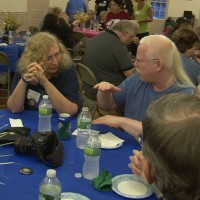October 2011
To the Stars: Yuri Gagarin and the Launch of Manned Space Exploration
Sergei KhrushchevSergei Khrushchev, the son of the former Soviet Premier Nikita Khrushchev, is a Senior Fellow at Brown University's Watson Institute for International Studies. Working in the Soviet's space program Design Bureau, Dr. Khruschev has a very unique perspective on the efforts to launch cosmonauts into Earth orbit and then eventually to the Moon. Dr. Khrushchev' will focus his talk on the legacy of Yuri Gagarin's historic flight aboard Vostok 1.
Super-Earths and Life
David LathamTransiting planets are special. The amount of light blocked by the planet as it passes in front of its host star sets the size of the planet (relative to the star). If an orbit can be derived from Doppler spectroscopy of the host star, the light curve also provides the orientation of the orbit, leading to the mass of the planet (again relative to the star). The resulting density for the planet can be used to constrain models for its structure and bulk properties. We are on the verge of using these techniques to characterize a population of Super Earths, planets in the range 1 to 10 Earth masses that may prove to be rocky or water worlds. Space missions such as Kepler, Plato, and TESS promise to play key roles in the discovery and characterization of Super Earths.
Transiting planets also provide remarkable opportunities for spectroscopy of planetary atmospheres: transmission spectra during transit events and thermal emission throughout the orbit, calibrated during secondary eclipse. Spectroscopy of Super Earths will not be easy, but is not out of the question for the James Webb Space Telescope. Our long-range vision is to attack big questions, such as "Does the diversity of planetary environments map onto a diversity of biochemistries, or is there only one chemistry for life?" A giant first step would be to study the diversity of global geochemistries on super-Earths and Earth analogs.
What’s Next for Mars Exploration
John MustardThe most technologically advanced and ambitious rover ever built will be launched to go the surface of Mars in late November of this year. The goal of the mission is to assess the habitability of the landing site (to be announced this week!) using the rover's sophisticated instruments designed to measure the chemistry and mineralogy of the surface. The rover also includes an instrument to determine if there are organic molecules and compounds. Dr. Mustard will provide an overview of the current state of Mars exploration for habitability, and some key aspects of the rover mission.
Then and now: Adventures in Colorado Astrophotography, 1985-2011
John BriggsSkyscrapers member John W. Briggs moved to Colorado in late 1984 and soon began assisting master astrophotographer Professor Edgar Everhart of the University of Denver. A particle physicist turned telescope maker and astronomer, Everhart discovered two comets from Connecticut before his own move to Colorado circa 1970. Everhart went on to pioneer optimum techniques for hypersensitizing the remarkable Kodak 2415 Tech Pan emulsion. Applying Everhart's methods, including the use of custom tracking hardware, Briggs performed cometary astrometry and recorded an image of Comet Halley that made the cover of Sky & Telescope. All this was just before the CCD revolution. In 2010, after many intervening projects, Briggs returned to Colorado to operate another 16-inch telescope optimized for astrophotography. Now at the HUT Observatory in Eagle, Colorado, John is exploring modern CCD astrophotography and moving-body astrometry. The technical advances are amazing and are especially wonderful to anyone familiar with the common limitations of the old days. John will relate some of the interesting things he's now learning and will share recent results. He will also wax a bit nostalgic regarding the old days of films, plates, and dark rooms -- a photographic technology of which Briggs was once a proud practitioner, but now near totally obsolete!
The Amateur Astronomer's Equipment in 1961
Ed TurcoJoin Ed Turco, long-time Skyscraper member and master telescope maker, to remember the ‘good old days’ of amateur astronomy. Ed will have his telescopes and all sorts of goodies to show how astronomy was done in the 60s, before the advent of electronic assistance.
Ed Turco has been an very active member of Skyscrapers since 1961, holding most of the offices of the organization, conducting telescope making classes and giving many talks to this group and others. He has received many prestigious awards at Stellafane for his hand crafted telescopes, in optical and all other categories. This year, Ed is attending his 50th AstroAssembly.
Two Comet Tails: Results from the DIXI and Stardust-NExT Missions
Peter SchultzOn November 4, 2010 and February 14, 2011, two separate but related missions made close encounters with the nuclei of one new (109P/Hartley - 2) and familiar comet (9P/Tempel - 1). These two missions established a new perspective on how comets evolve with time. The recommissioned Deep Impact Flyby Spacecraft visited Comet Hartley, which is termed a hyperactive comet because of its extraordinary activity for such a small nucleus. The recommissioned Stardust-Next mission returned to Comet Tempel and imaged not just the other side of the nucleus but also the crater produced by the Deep Impact collision in 2005. We’ll look in more detail at the results from both missions and what it may mean for our general understanding of how comets evolve. DIXI revealed a new paradigm for the release of water into the coma. Stardust-NExT documented changes in the nucleus and evidence for surface activity leading to widespread deposits.
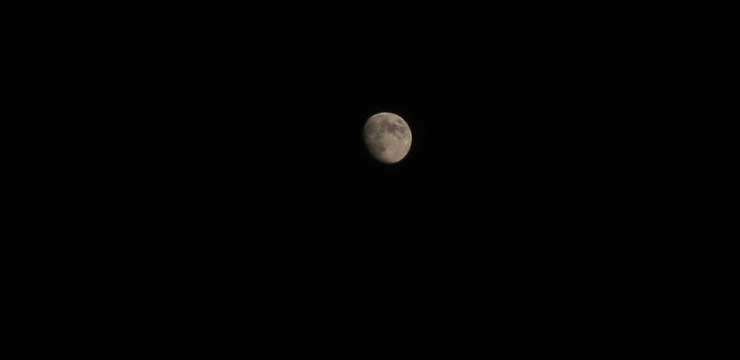

International Observe the Moon Night 2011 at Seagrave Observatory
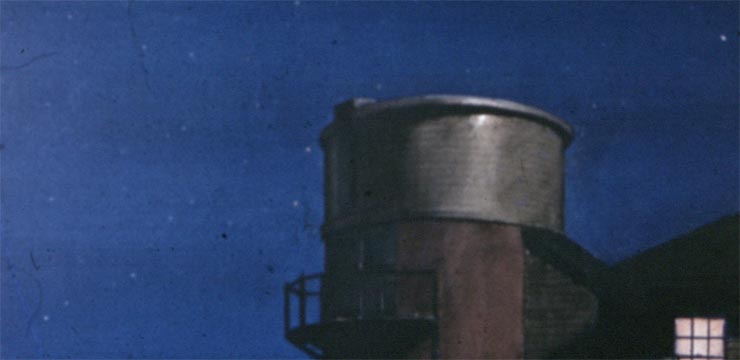

Jupiter coming into view
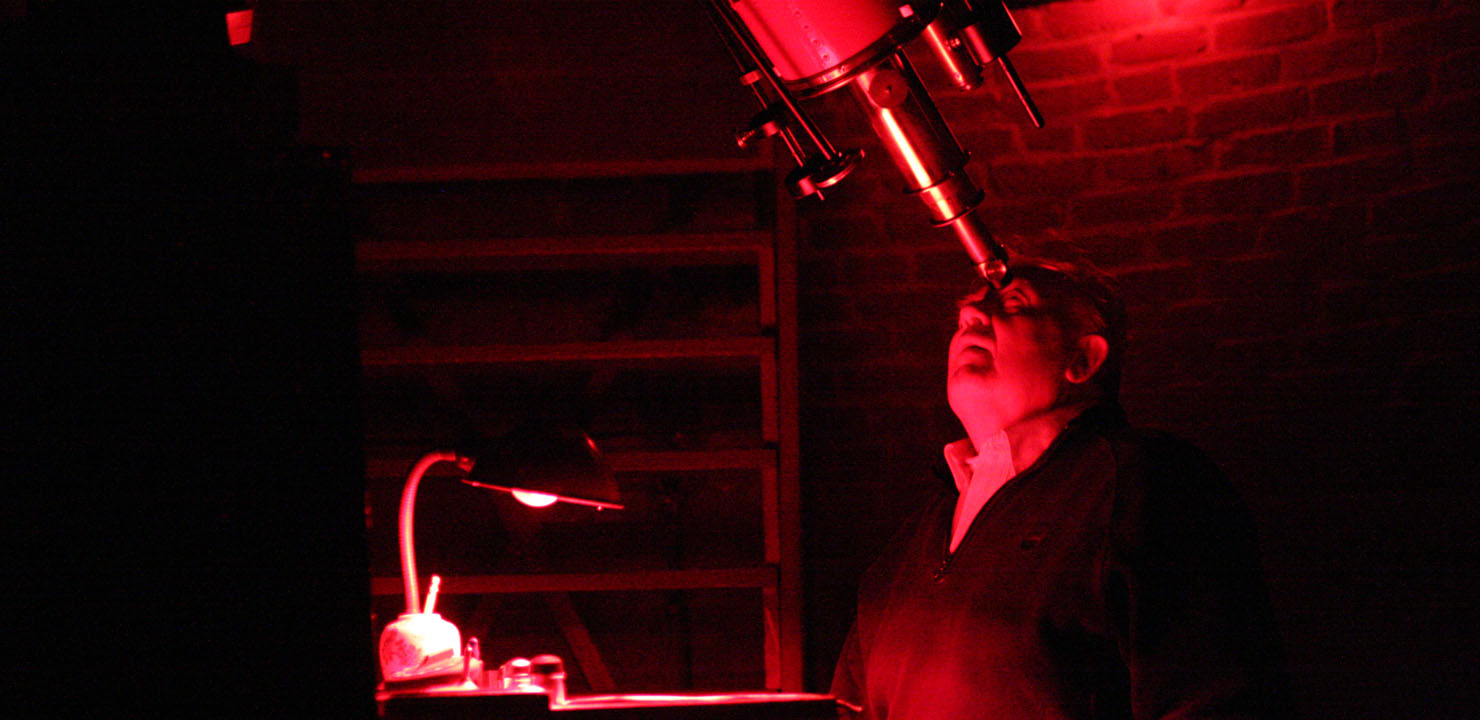

oct22

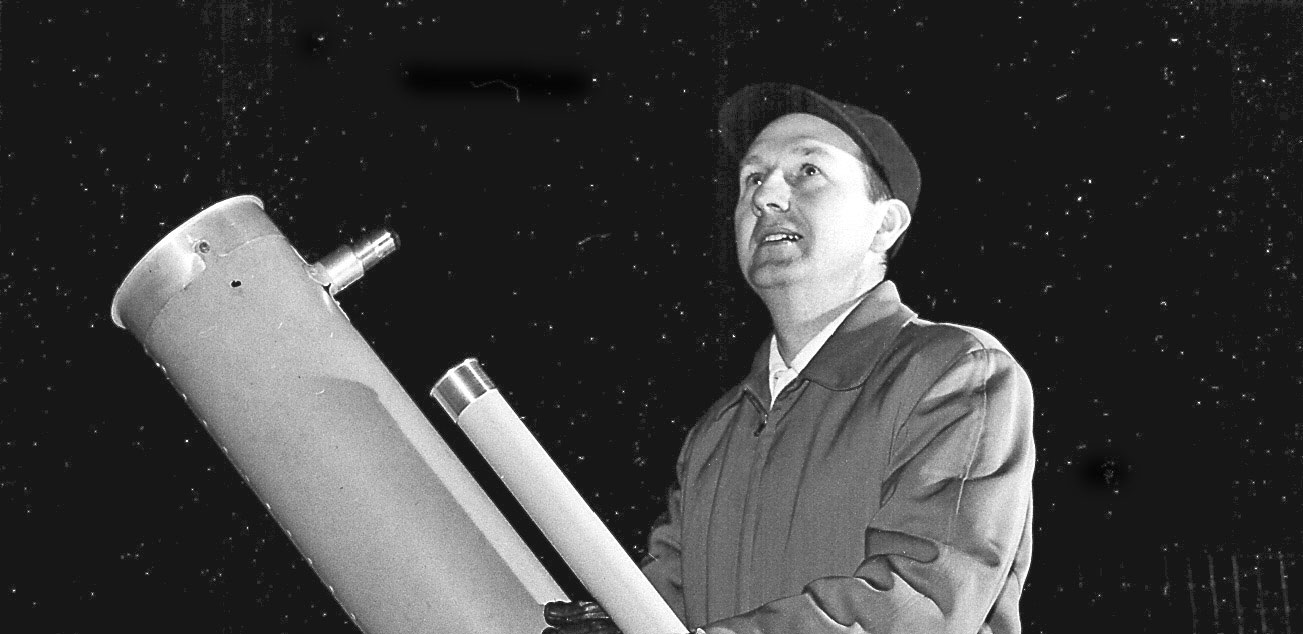
John T. Hopf (1920-2011)
: By Bob NapierOctober Constellations & Folklore
: By Francine Jacksonβ Cygni (Albireo)
: By Glenn ChapleOctober Meteor Showers
: By Dave Huestis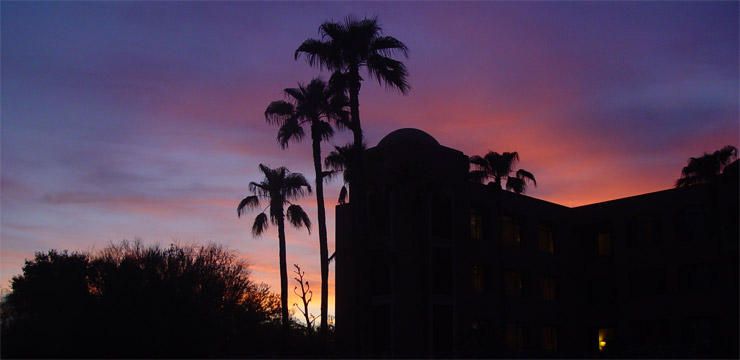
Ordinary turns into the Extraordinary
: By Tom ThibaultLets All Observe Neptune’s First Year Anniversary
: By Steve Siok